Four kilometres south of the little town of Augusta is Cape Leeuwin, atop which sits the Australian mainland’s tallest lighthouse.
The much-promoted notion that this is where two oceans meet is highly debatable; arguably, the Indian Ocean laps both sides of Cape Leeuwin.
Regardless, it is our continent’s bottom left hand “corner”, and the Augusta/Leeuwin “corner” is a wonderful place.
I took the featured image at 11.21 am on 13 June 2020, from a whale-watching boat; Augusta’s Flinders Bay is – in winter – one of Australia’s best/most “reliable” places to see humpback and/or southern right whales.
As it happens, on this particular occasion (our fourth such Flinders Bay whale-watch) the water was livelier than were the humpbacks.
When the morning’s sole “breach” happened I preferred not to subject my camera to a “salt spa” treatment…
The first European eyes to see Cape Leeuwin were probably those of Dutch seafarers aboard the Leeuwin, in 1622.
More than two centuries later, in 1830, the Augusta town/settlement was established.
Only Albany (1826) and Perth/Fremantle (1829) are older West Australian towns.
Humans, however, have lived in and around all of these places for many thousands of years, and their local governments now all officially acknowledge those first local humans’ descendants as the “traditional owners” of these lands.
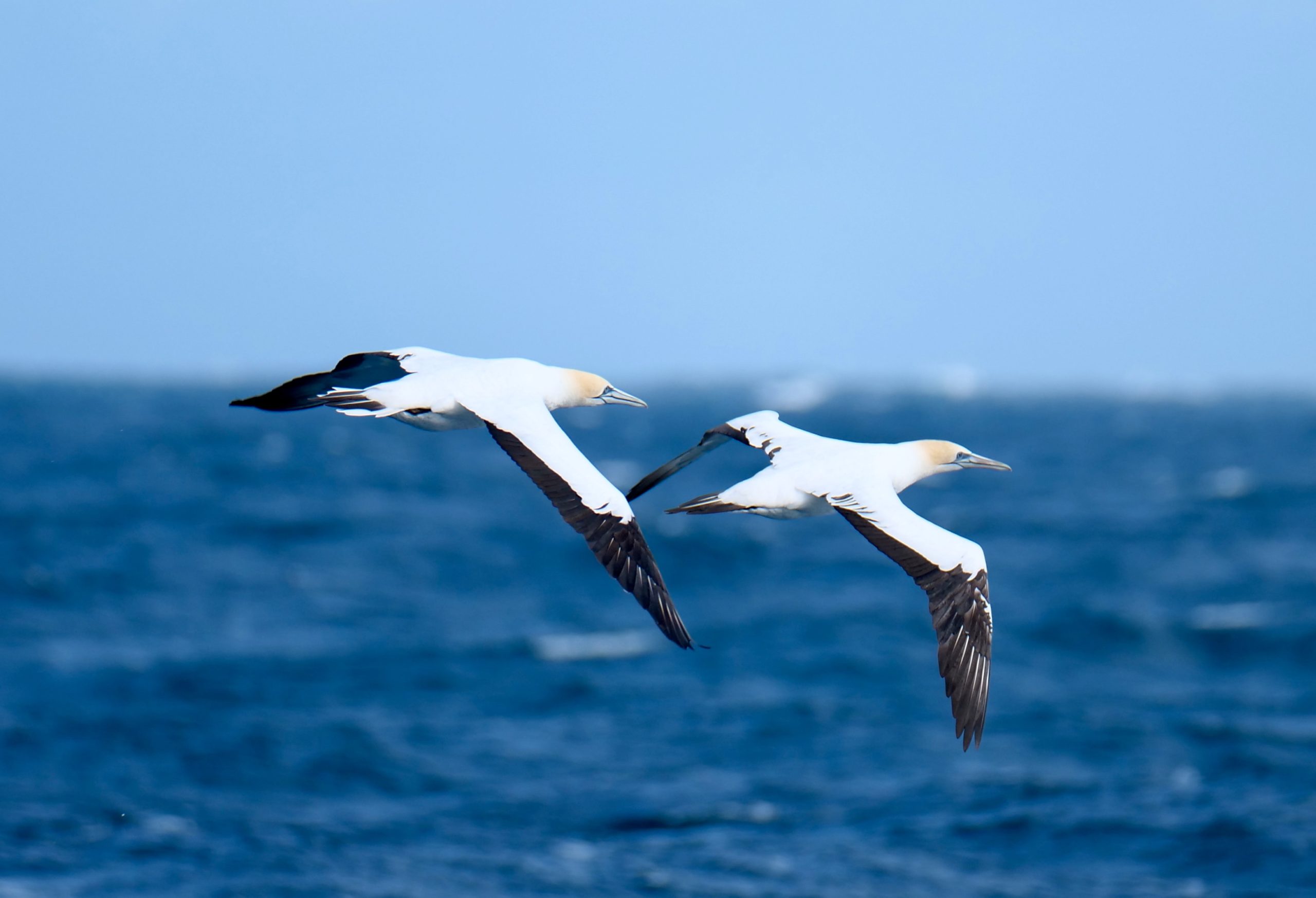
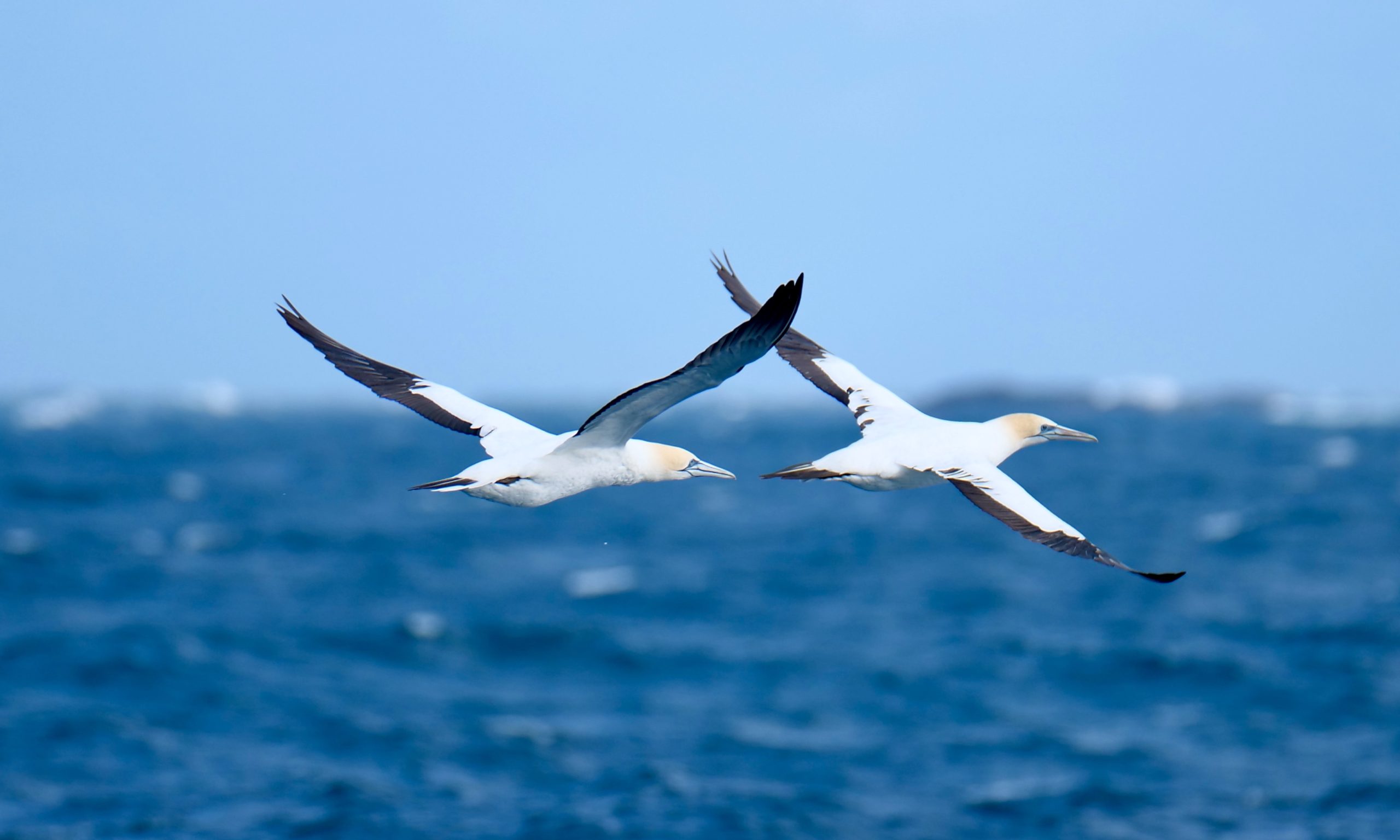
One of the great things about whale-watching in Flinders Bay is that whales are far from the only wildlife worth watching.
Our lifetime-to-date’s most remarkable dolphin encounter happened some years ago on a trip there, on a very wild day that forced an early retreat and made photography a practical impossibility.
I think that the next two photos depict the same species of albatross.
I know that the second photo’s albatross is a juvenile; many seabirds have a full sized but “juvenile” phase, in which their plumage looks not at all like the same species’ adult phase.
Many people who see juvenile and adult Pacific gulls in the same locale wrongly think that they are looking at two different species.
The same comment applies to albatrosses.
I think (underline “think”) that both of the next two birds are either Black-browed or Campbell albatross.
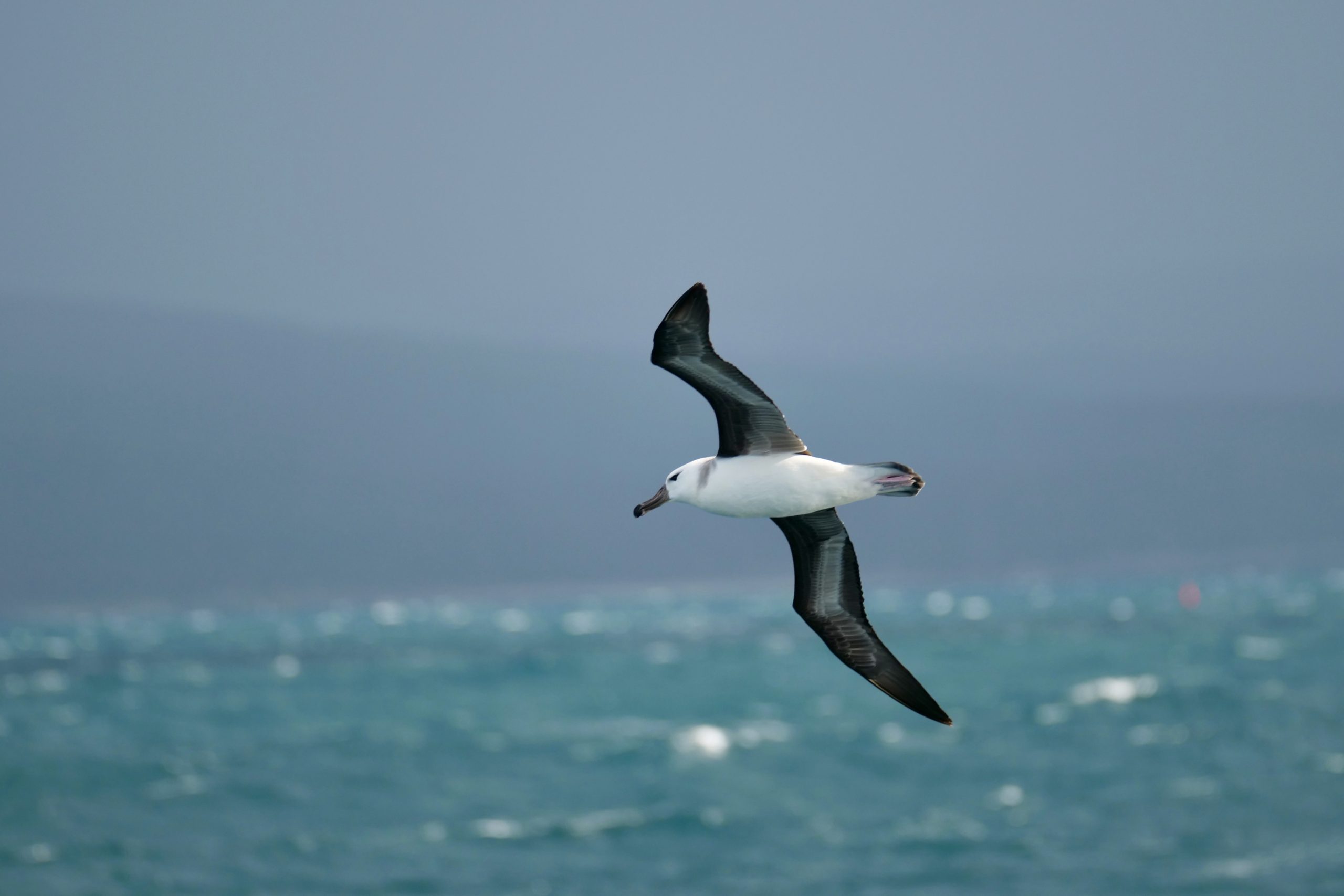
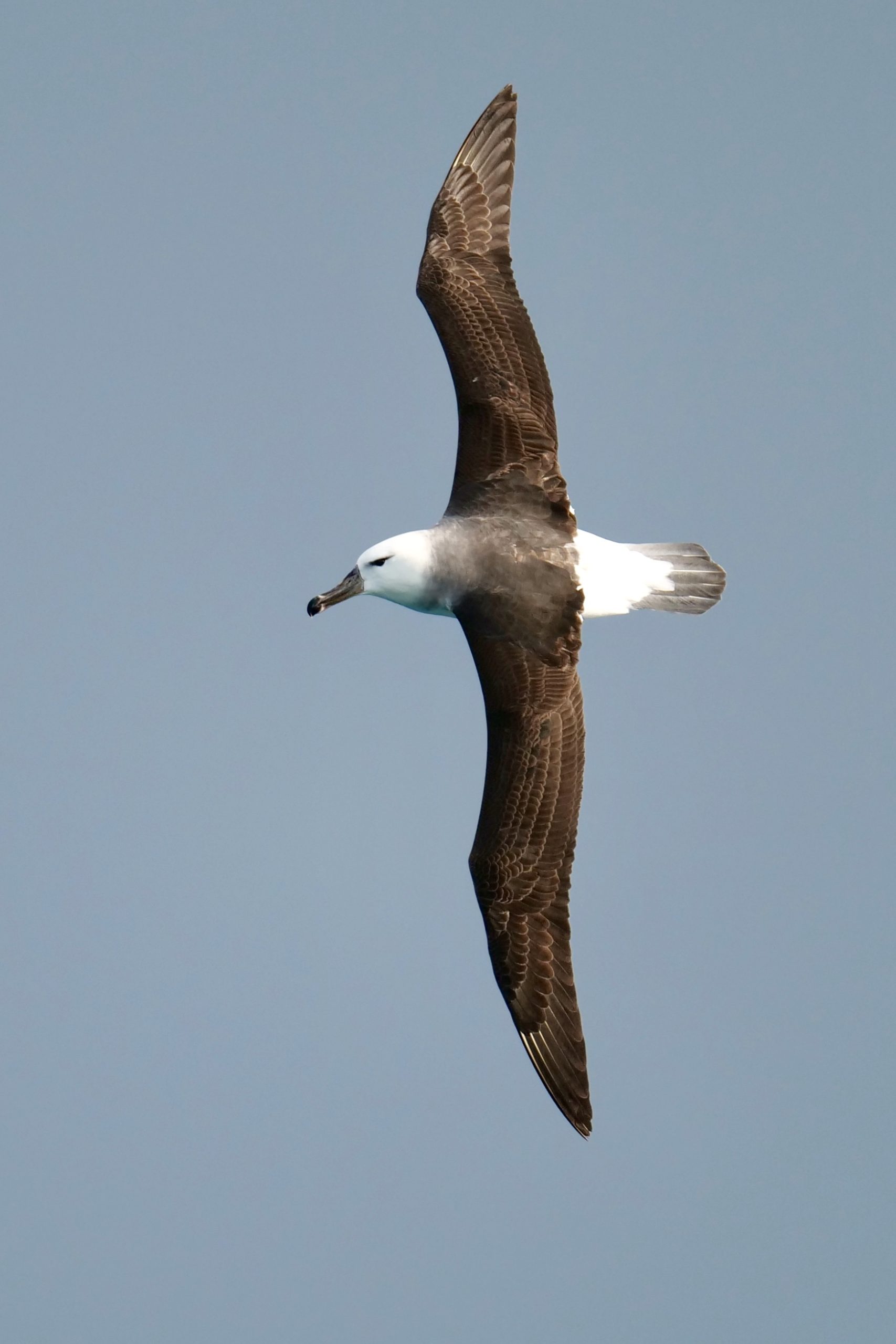
Augusta is where southwestern Australia’s biggest river meets the sea.
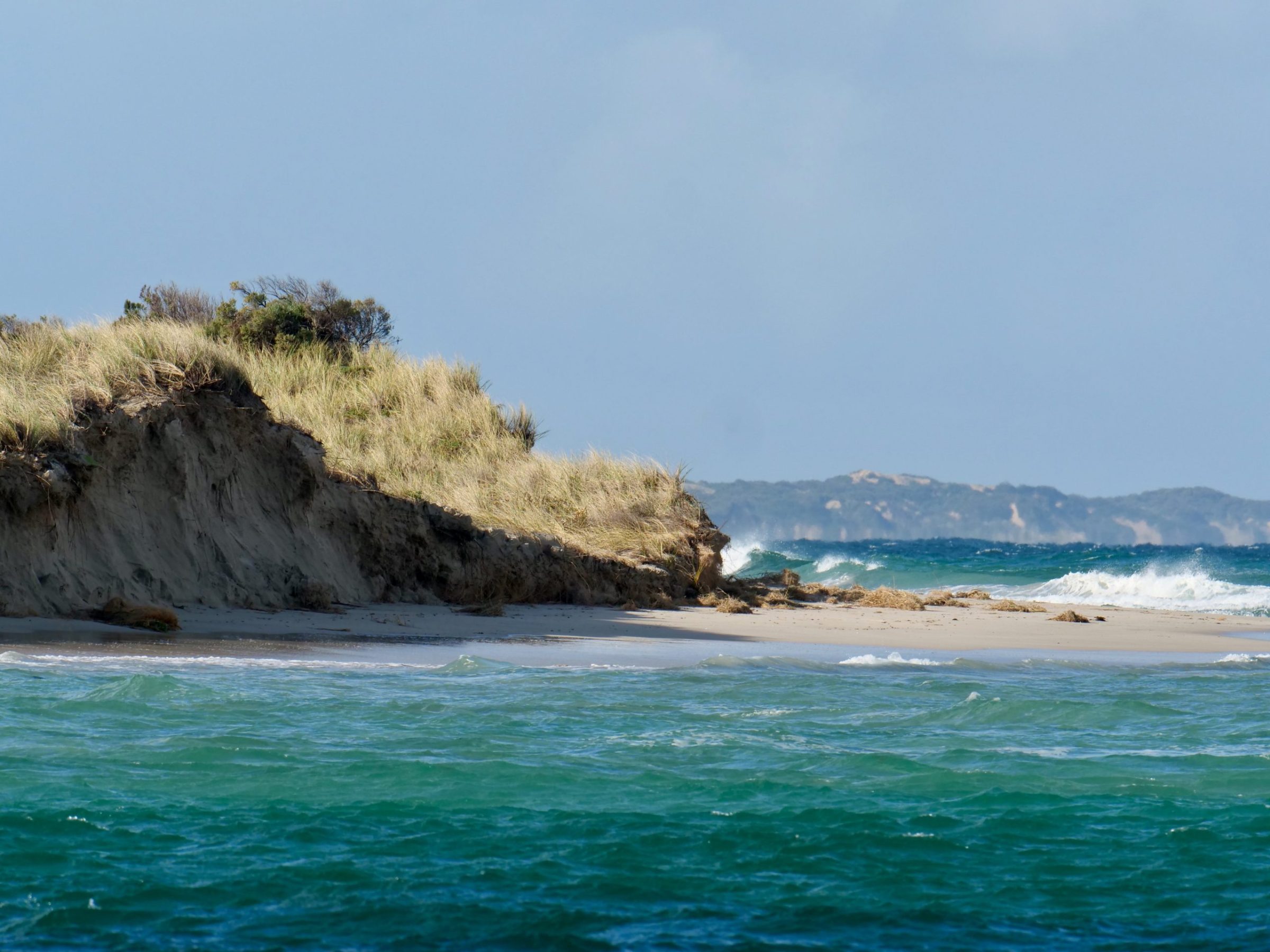
From the mouth of the Blackwood, looking east – as the above photo does – one is looking at more than two hundred kilometres of almost-uninterrupted wild coastline.
From here to Walpole – a very small town, set on an exquisite inlet – is 245 kilometres by roads that only next meet any “arm” of the sea at Walpole.
Windy Harbour – a shacky hamlet beside Point D’Entrecasteaux, which can be reached only by a road that runs to and from Northcliffe, south of Pemberton – is the only intervening coastal settlement.
Augusta is a tourist-friendly little town, but one that blessedly lacks “glamour”, glitz, and self-importance.
It is just thirty minutes by road from Margaret River, but is its own, much quieter and very different “world”.
On the outskirts of Augusta as you drive in, there is a mostly-ignored signpost on the left hand side.
It points to the Donovan Street Bushland, nicknamed by locals as “Augusta’s King Park”.
Its 75 hectares are home to 65 known orchid species, more than 230 other native plants, and more than 200 fungi species.
Early this millennium, much of this bushland was set to be destroyed by a housing subdivision.
Happily, in this instance, a determined, mostly-local campaign persuaded the State Government to protect rather than destroy “Augusta’s King’s Park”.
The relevant 2002 petition from local residents – outraged by the subdivision proposal – had 943 signatures.
At that time Augusta’s population was 1068 persons, so almost every adult resident must have signed!
Discover more here
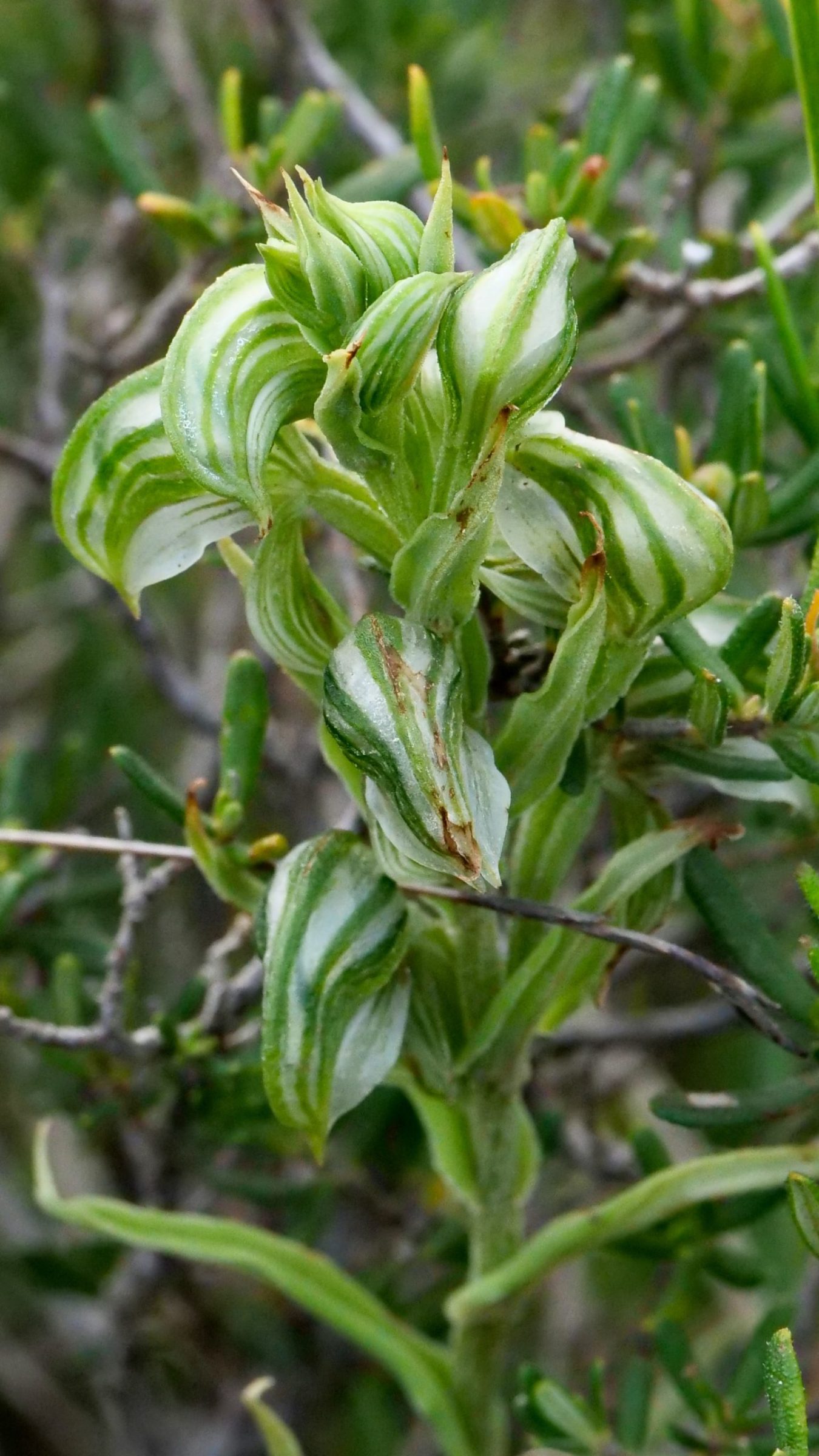
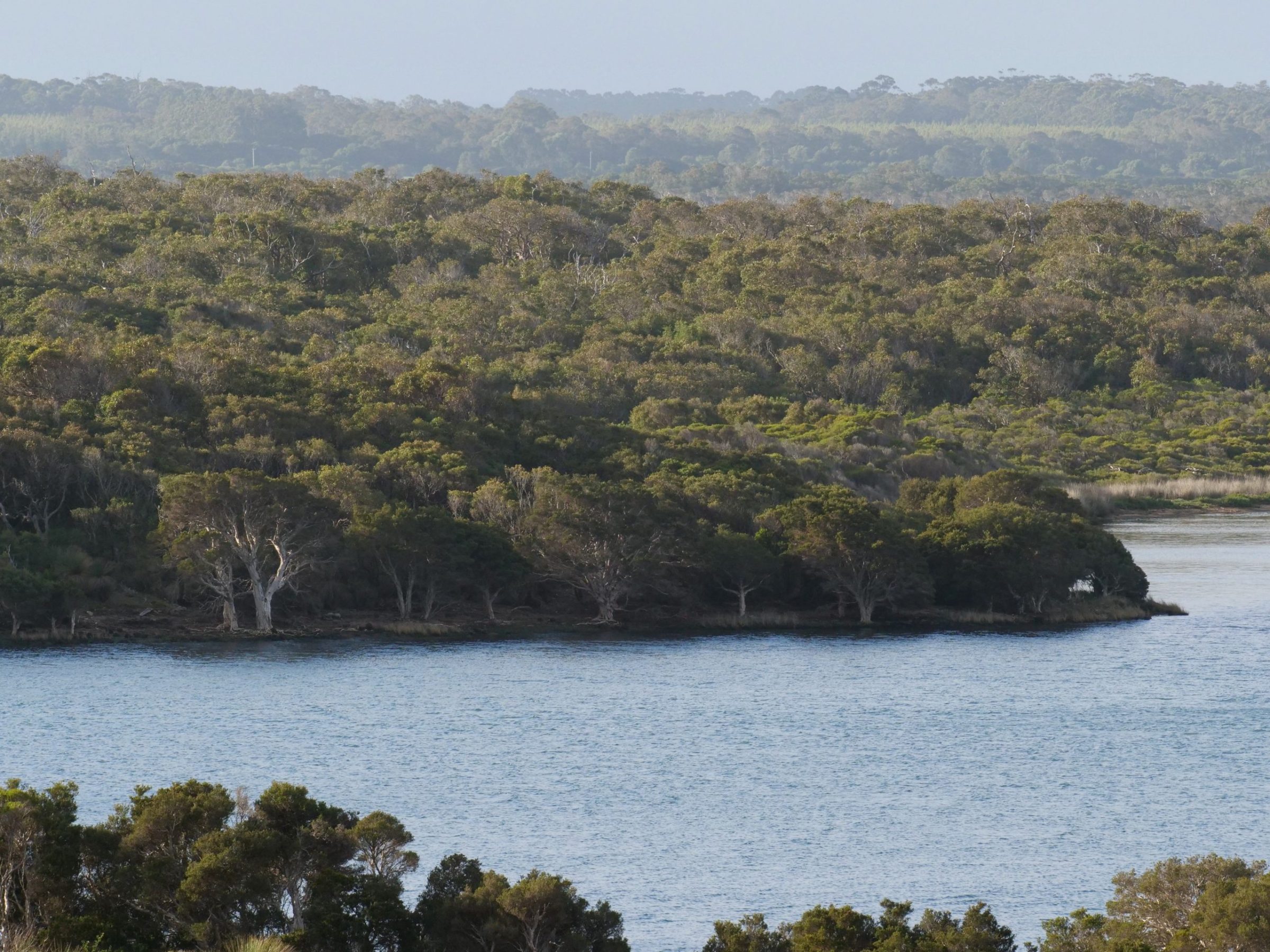
North of Augusta, along Caves Road, you should take every turn-off on the western wide.
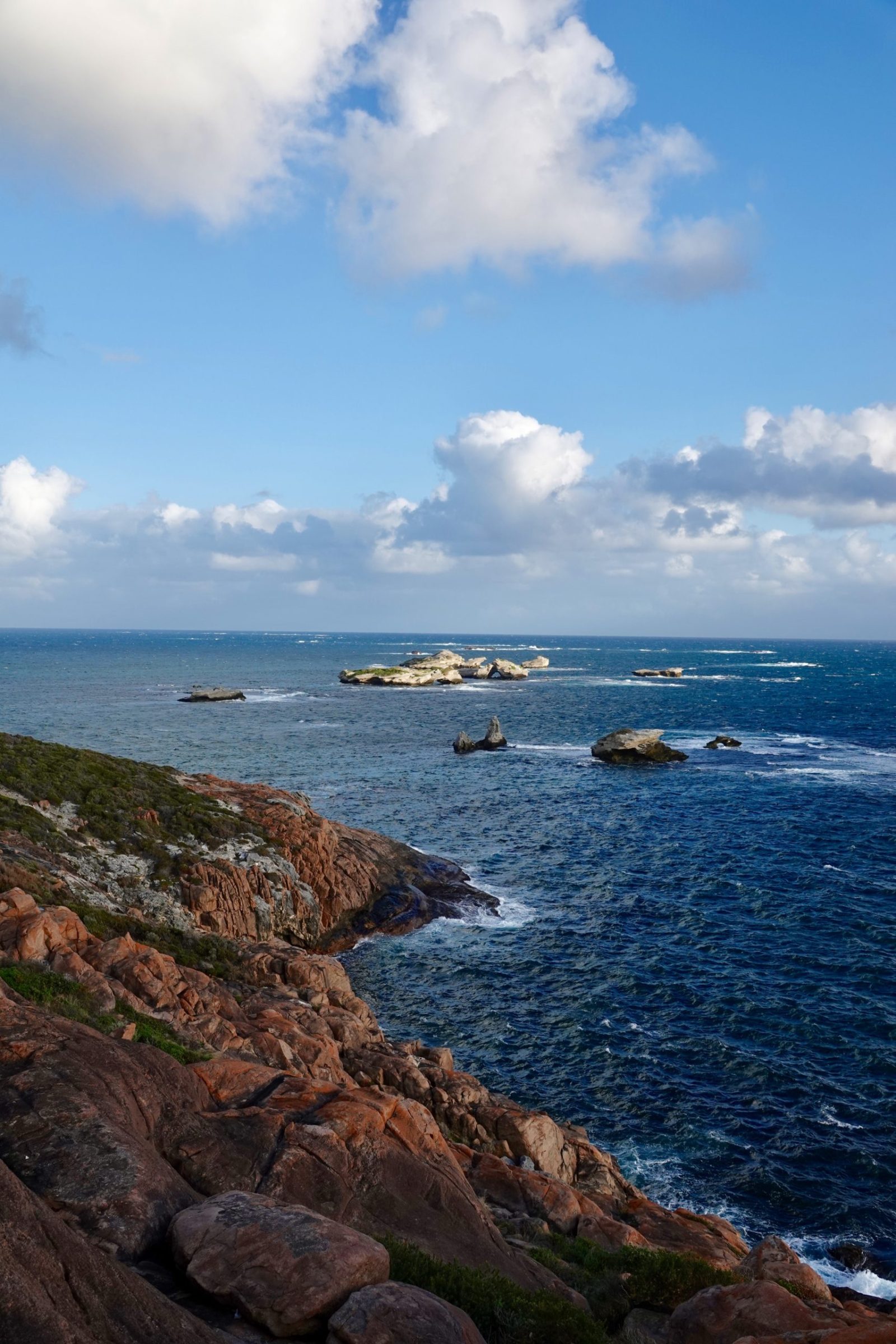
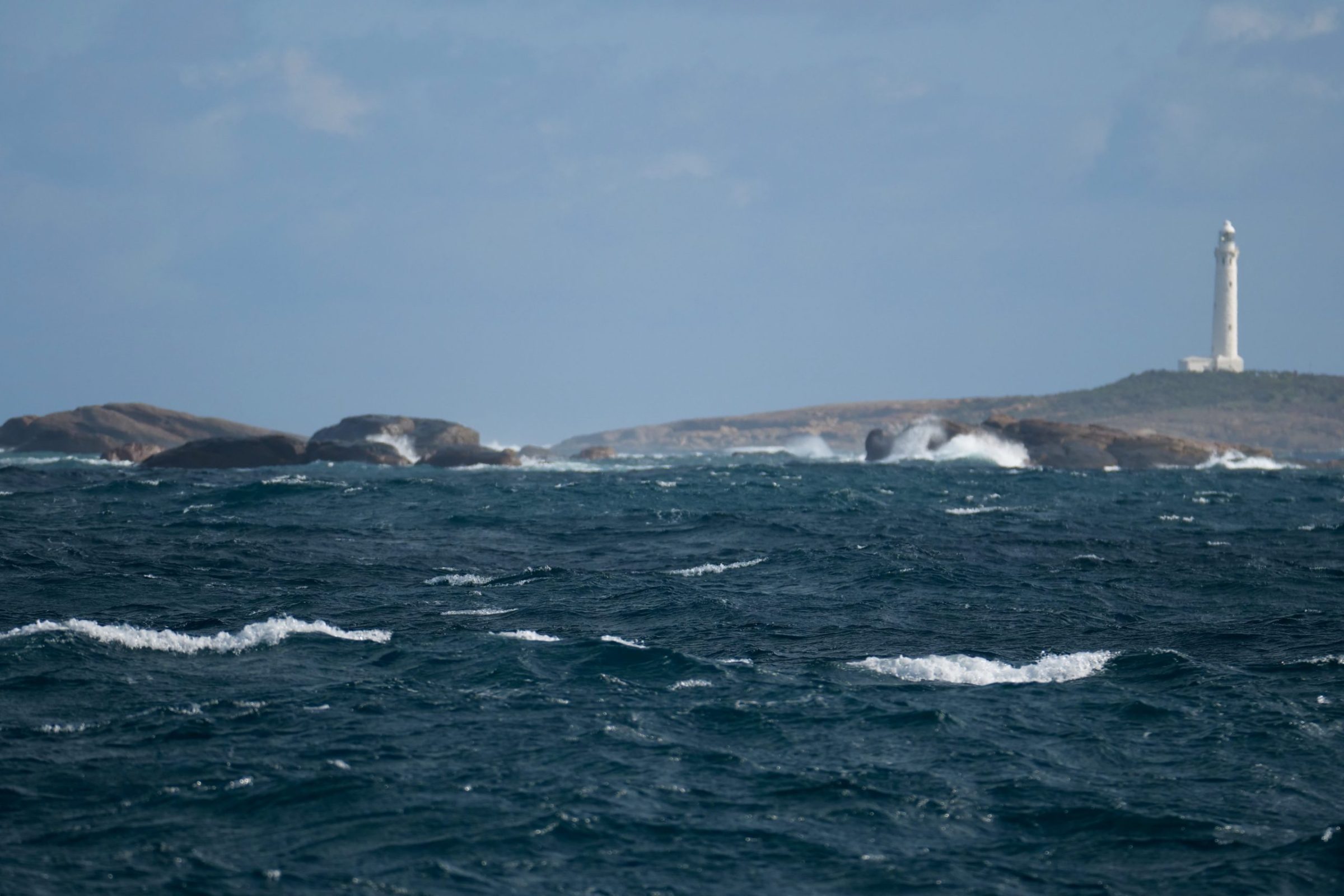
Hi Doug
This post is a wonderful promo for the south west “corner” of S-W WA. I’m still hoping that before year’s end we may be able to cross the Nullabor and visit WA. If and when we can, we’ll be sure to check out Cape Leeuwin, Augusta and King’s Park. Cheers Bob